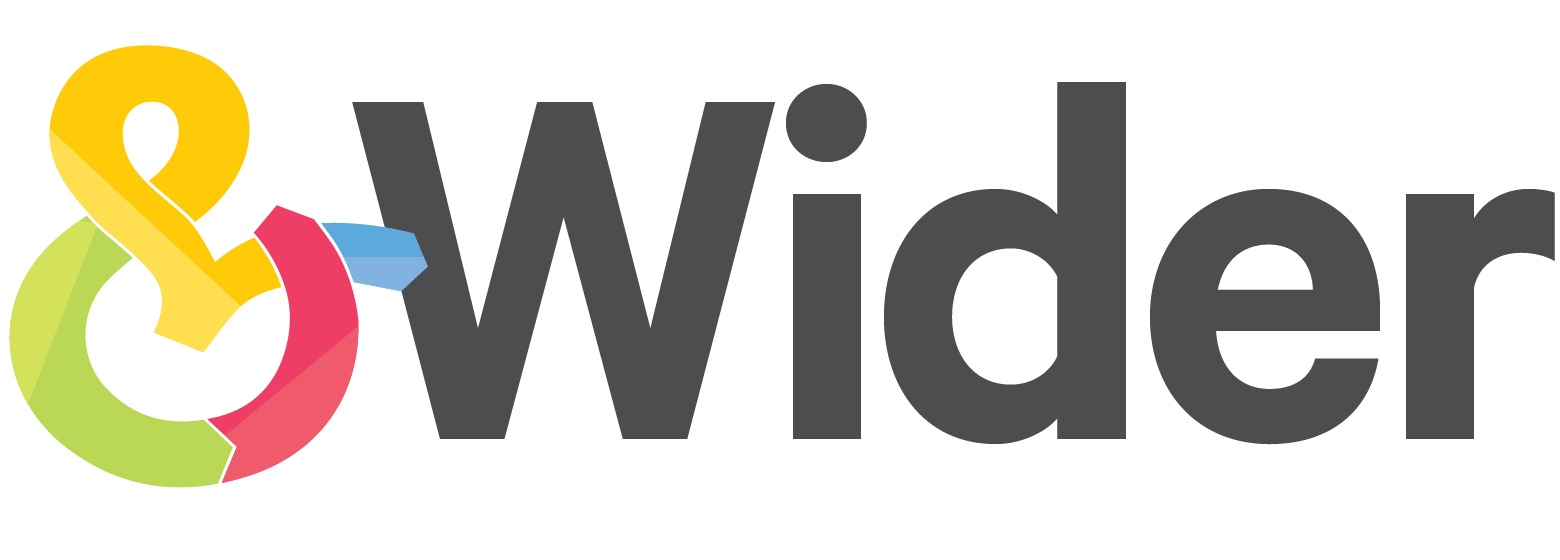The compliance route vs. the journey of meaningful transformation: Navigating Effective Human Rights Due Diligence
This blog series is co-authored by Lea Esterhuizen from &Wider and Gwendolyn Remmert from Sustainable Links. Together, our organisations aim to provide insights and practical strategies for mastering Human Rights Due Diligence. Learn more about Sustainable Links.
In today's complex regulatory environment, businesses face increasing pressure to ensure responsible business practices throughout their supply chains. In this two-part blog series, we will explore the current landscape and practical strategies for effective human rights due diligence (HRDD). In the first part, we will examine the regulatory changes and the choices businesses face between taking the compliance-driven route or opting for meaningful transformation. In the second part, we will provide actionable tips to help you implement robust and transformative HRDD that fosters sustainable growth and resilience while respecting the rights of those most vulnerable.
The Evolution of Human Rights Due Diligence
The regulatory landscape for respecting human rights in supply chains has evolved significantly, with international standards and regulations such as the EU’s Corporate Sustainability Reporting Directive (CSRD) and the more recent Corporate Sustainability Due Diligence Directive (CSDDD), and with import bans in relation to products linked to forced labour or deforestation becoming more stringent. Businesses are increasingly required to implement HRDD to demonstrate ethical practices throughout their supply chains. The question now is not whether to comply or not, but how to do so in a way that fosters genuine improvement for people and the environment while allowing the business to thrive.
Where We Are Now: Compliance and Implementation
Currently, businesses are at various stages of implementing Human Rights Due Diligence. Some are merely checking boxes, treating different pushes from regulators, investors and stakeholders for HRDD as a bureaucratic necessity. Others are taking a more proactive approach, working on integrating a perspective on impacts on people and the environment into their core business decisions and engaging deeply with their suppliers and business partners on this journey. And some are on this spectrum of possibilities. This range of possible responses highlights the crossroads businesses face: continuing on an increasingly complicated compliance route or using due diligence to drive more ethical business decisions. We call the first option the compliance-first option and the second the sustainability-first option. We would argue that it is exactly the tendency to choose the supposed easier compliance-first route that results in higher costs, unintended consequences, and the current very present claims amongst companies of feeling overburdened. Contrary to common belief or business logic, opting for the sustainability-first route is not only the most meaningful but also the most economical path to choose.
Businesses at a Crossroads
The compliance-first route entails following a path focused on creating as little effort as possible in reaction to outside pressure. This frequently results in creating expensive parallel processes to follow each new regulation individually and that do not align with business operations or decision-making. The risks of this approach include implementing one-size-fits-all due diligence activities across high-risk geographies, hidden impacts that escalate, viral social media campaigns, damaging media exposés, disruptive import bans, or fines equal to 5% of net annual worldwide turnover. It is characterised by a mentality of reactiveness and such consequences can lead to significant financial losses and tarnished reputations.
A sustainability-first approach opts for the journey of using due diligence insight to power more ethical business decisions, strategy and sourcing activity. This path involves systematic and data-driven, risk-based due diligence that is built on the idea of identifying needs for continuous improvement. It takes place inside the company and with supply chain partners, starting from where they are in their journey. The benefits of this approach are that it empowers internal and external stakeholders through building knowledge and engagement. It builds on collaboration with suppliers, understanding risks, impacts and their root causes thoroughly. Changing business decisions based on continuous learning allows us to systematically and simultaneously protect workers and communities, the brand and key procurement relationships. This path is guided by a vision of a sustainable and responsible value chain that respects and enhances the lives of workers and communities, transforming the value chain from a potential liability to a source of resilience and positive impact. It requires the acknowledgement of a journey that uses HRDD as set out by the UN Guiding Principles on Business and Human Rights as a compass through new territory, rather than a map to get from a to b.
Business benefits of meaningful transformation
By setting up HRDD as a vision rather than a standard, businesses can unlock a healthy feedback loop with suppliers and workers along the supply chain, and an early warning system to drive continuous improvement in human rights (and environmental impacts) along the supply chain, thereby reducing risks and increasing visibility. Compliance with regulation and stakeholder expectations is then a mere positive side effect of this approach as it focuses on getting the business on track to address the social and environmental challenges of the very near future.
In our next blog, we dive deeper into practical tips and strategies for effective HRDD, following this second option of using sustainability-first due diligence to drive wider and deeper business and supply chain benefits. Stay tuned to discover how to turn regulatory requirements into opportunities for sustainable growth and enhanced stakeholder relationships.

